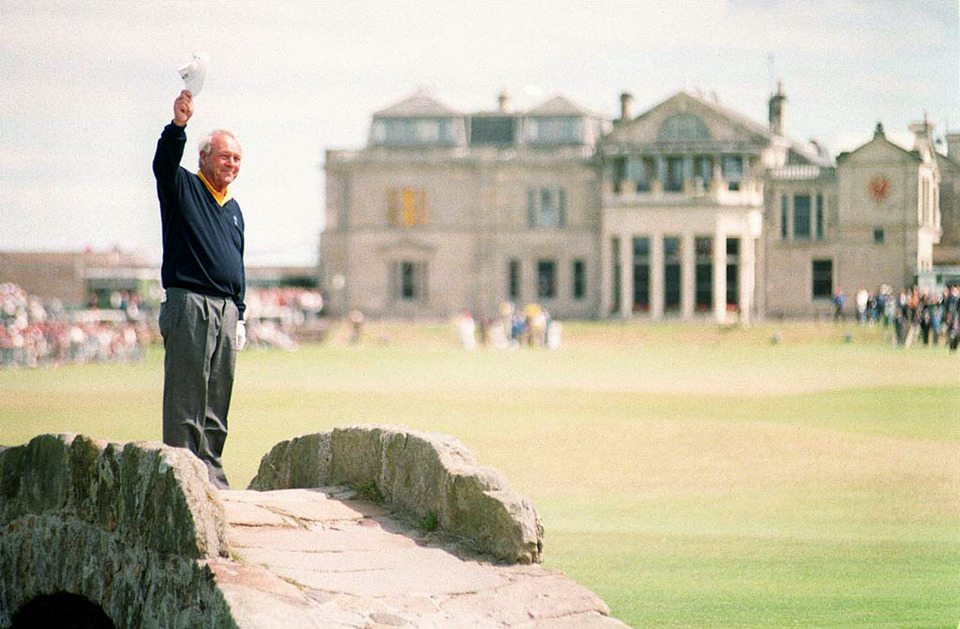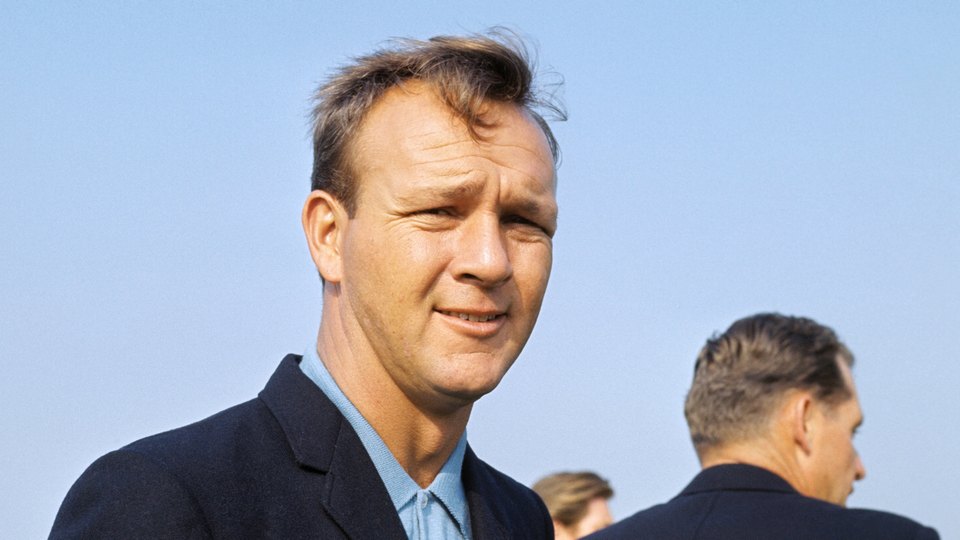Troon, Scotland. After the end of World War II, the fate of The Open Championship was uncertain. The United Kingdom was attempting to get back onto its collective feet after several years of tumultuous war and its aftermath on the homeland.
When American Sam Snead claimed the 1946 Open — the first championship since 1939. Snead bemoaned the fact the first prize of £150 did not cover his expenses incurred in playing in the event.
Even when rival Ben Hogan played in his only Open in 1953 at Carnoustie and won, the desire to travel abroad and play in the event was of little interest for the dominant American players.

Matters changed seven years later when an energetic Arnold Palmer sought to add to the wins he achieved earlier in 1960 at the Masters and the US Open. Palmer was represented by Mark McCormack and it was belief that a charismatic Palmer could expand his appeal with a victory in the sport’s oldest major.
Palmer was intrigued by McCormack’s assertion that a modern professional grand slam was now something to pursue.
Arnie would finish second in the 100th anniversary of the start of The Open in 1960. The return visit in 1961 at Royal Birkdale provided his first Claret Jug. The seeds were now planted.
In 1962 Palmer had what likely was his greatest career season. In April he claimed his third green jacket at Augusta. However, a US Open win at Oakmont was denied in a 90-hole playoff loss to a young Jack Nicklaus.
Palmer arrived at Troon and the following he had built from his earlier two visits was noticeable and quite engaged.
His play from start to finish was rock solid. Establishing a new four-round total of 276 and a six-shot margin over Kel Nagle, the Aussie golfer who beat him two years earlier at The Old Course at St. Andrews.

Related: Proper postage preferred
The Palmer mystique was enhanced by his international success. The Open also benefited and was resurrected as various international players – notably from the USA – opted to follow what Palmer had done and test themselves on a links layout of stature.
The Open today has grown immensely since Palmer’s peak competitive years both in terms of the total purse provided and the different parts of the globe the competitors have traveled from in seeking to be claimed the “champion golfer of the year.”

Golf’s oldest major saw its total prize money boosted to $16.5 million for 2023, an 18% increase on the $14 million offered at the 150th Open at St. Andrews in 2022.
The R&A announced Monday that this year’s Champion Golfer of the Year will receive $3.1 million of a record $17 million purse. That’s a $500,000 increase from last year. The runner-up will take home about $1.76 million, while the third-place finisher gets almost $1.13 million.
The synergy of Palmer and The Open provided the springboard for the event to attract a greater worldwide audience than ever before.
Palmer died in September of 2016 but his impact goes far beyond the individual titles he won. Arnie’s thumbs up positive approach and respect for the game’s traditions provided a lasting rebirth for The Open Championship and the return to Troon this week will certainly bring that front and center.
For the latest news in the golfing world, follow us on X (Formally Twitter).
